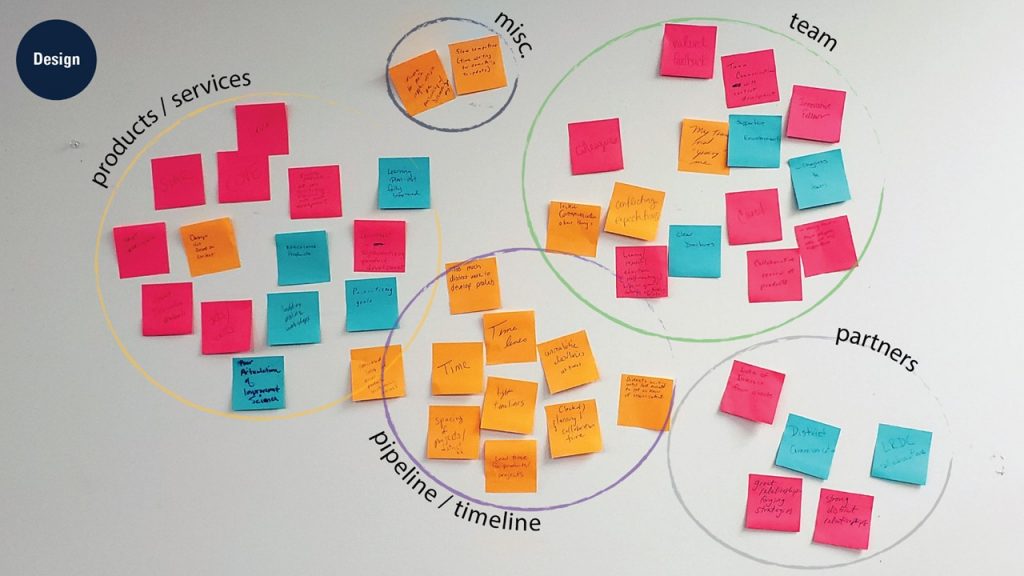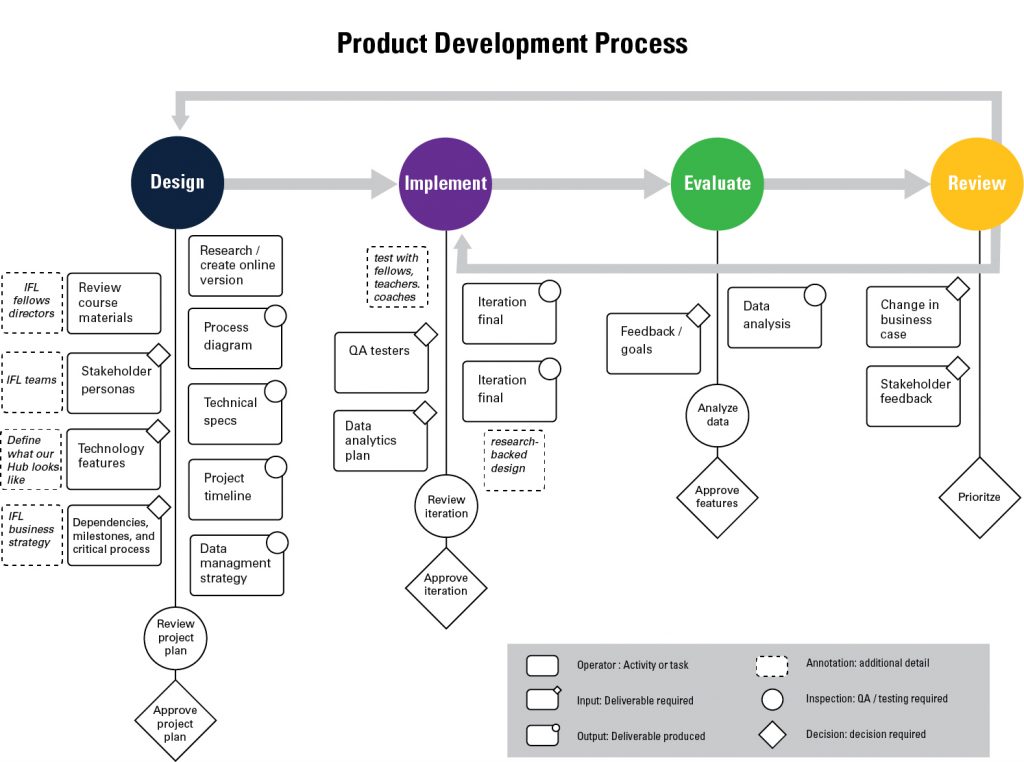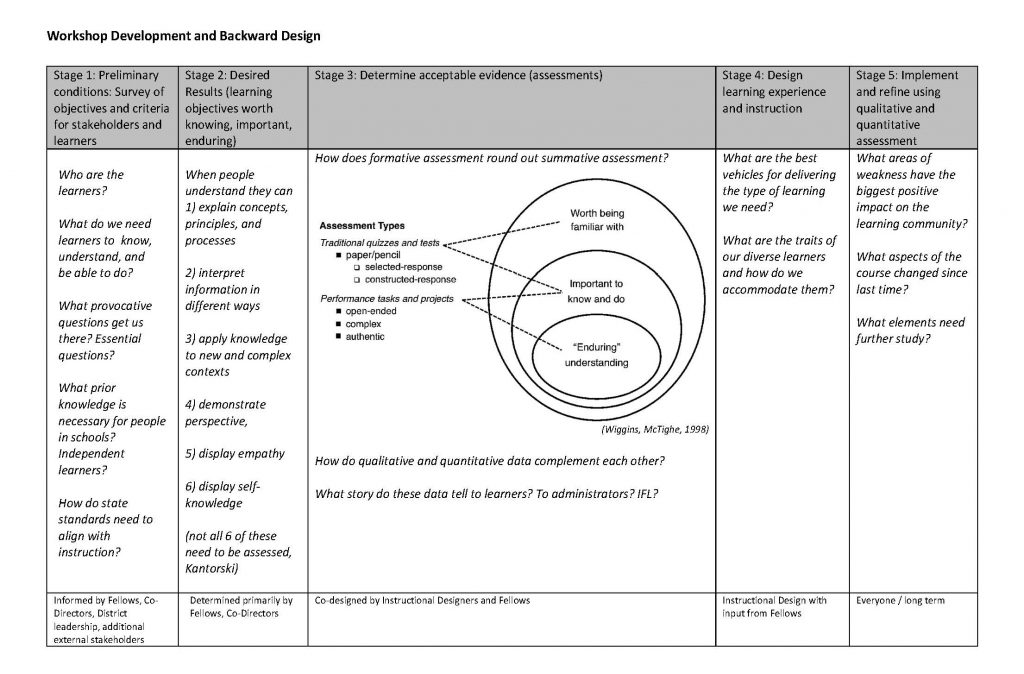In my experience as a technologist in educational spaces, many education-types are turned off by the idea of product sales. Teachers have enough requests, demands, and responsibilities, and do not need the added pressure of buying and selling. They prefer recommendations from other teachers and trusted partners, not from startup founders or district administrators.
The aversion is especially present when you’re asking educators to develop tools and exchange them for money. This sounds suspiciously like sales because it is. Unless an organization benefits from grants or foundational support, we all need to survive. So what do we do? This is a transition that is ongoing in my current organization. As the first product manager in this organization, I have the opportunity to lead incremental change that works to shift our collective relationship with the product ecosystem. I hope that a focus on relationships, the real educational impact of our tools, and the practicality of thoughtful design, will lead us to be sales-oriented without feeling guilty.
Early in my role, I introduced the concept of product development and engaged our organization in a Design Thinking exercise that allowed them to anonymously contribute their feedback. I grouped these and could see clear patterns indicating areas of focus around the product pipeline.

In the weeks that followed, I learned as much as I could about the existing products and systems in place at the organization. I asked colleagues to share their ideal processes, as well as where those processes were incomplete or inadequate for them as stakeholders.
To create a clear picture for the organization, I aligned the existing mission and vision with goal-oriented criteria explored in Simon Sinek’s “How Good Leaders Inspire Action.”
The end result was a development process that is rooted in learning science and product development best practices.

This shift in mindset was difficult for a 25-year-old organization so I deconstructed the learning and design components of product development even further by incorporating the backward design curriculum development process with research into mobile application development.

References
Leafstedt, J. and Michelle Pacansky-Brock, M. (2016, Oct 6). Guide to Untethered Faculty Development. Retrieved from https://www.edsurge.com/news/2016-10-06-a-step-by-step-guide-to-untethered-faculty-development
Kantorski, B., Sanford-Dolly, C.W., Commisso, D.R. et al. Education Tech Research Dev (2019) 67: 711. https://doi.org/10.1007/s11423-019-09662-7
Wiggins, G. P., McTighe, J., Kiernan, L. J., Frost, F., & Association for Supervision and Curriculum Development. (1998). Understanding by design. Alexandria, Va: Association for Supervision and Curriculum Development.
